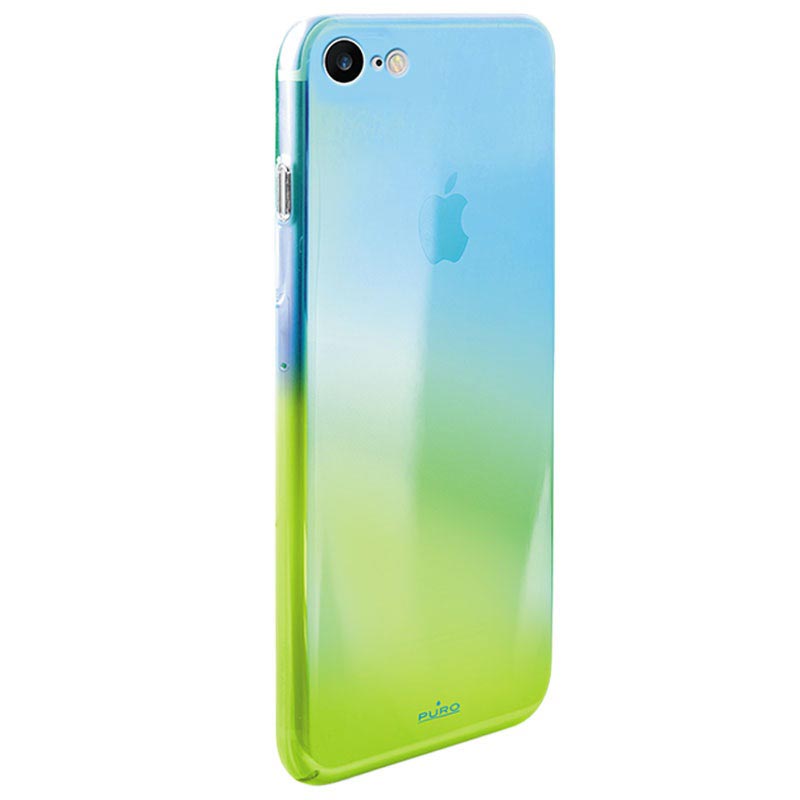


We select the HEVC (High Efficiency Video Coding), which has the best performance in compressing holograms from previous studies, as the anchor codec, and propose an algorithm for converting the phase information into the form suitable for the HEVC. Therefore, in order to solve the disadvantages of the method of independently compressing real and imaginary parts, we propose a method for directly compressing phase information. If the full-complex hologram is compressed in the form of amplitude and phase components, the three-dimensional information of the hologram may be better preserved. The JPEG (Joint Photographic Experts Group) Pleno is undergoing standardization for compressing full-complex holograms. In this paper, we propose a method for compressing the phase component of a full-complex hologram. Authors may use MDPI'sĮnglish editing service prior to publication or during author revisions. Submitted papers should be well formatted and use good English. The Article Processing Charge (APC) for publication in this open access journal is 2300 CHF (Swiss Francs). Please visit the Instructions for Authors page before submitting a manuscript. Applied Sciences is an international peer-reviewed open access semimonthly journal published by MDPI. A guide for authors and other relevant information for submission of manuscripts is available on the Instructions for Authors page. All manuscripts are thoroughly refereed through a single-blind peer-review process. Submitted manuscripts should not have been published previously, nor be under consideration for publication elsewhere (except conference proceedings papers). For planned papers, a title and short abstract (about 100 words) can be sent to the Editorial Office for announcement on this website. Research articles, review articles as well as short communications are invited. Accepted papers will be published continuously in the journal (as soon as accepted) and will be listed together on the special issue website. All submissions that pass pre-check are peer-reviewed. Manuscripts can be submitted until the deadline. Once you are registered, click here to go to the submission form. Manuscripts should be submitted online at by registering and logging in to this website. We invite researchers and investigators to contribute their original research or review articles to this Special Issue. This Special Issue covers advanced and practical research works on computer-generated holograms, ranging from calculation algorithms, hardware accelerations, video displays, printers, compressions, photo realistic image synthesizing, colorizing, and quality assecments. There is also much research-not only calculations, but also output devices for holographic video displays and holographic printers. This has made it more practical to use computer-generated holograms for 3D display. It has become easy to calculate computer-generated holograms that have over billions of pixels, because the performance of computers has improved year by year.


 0 kommentar(er)
0 kommentar(er)
